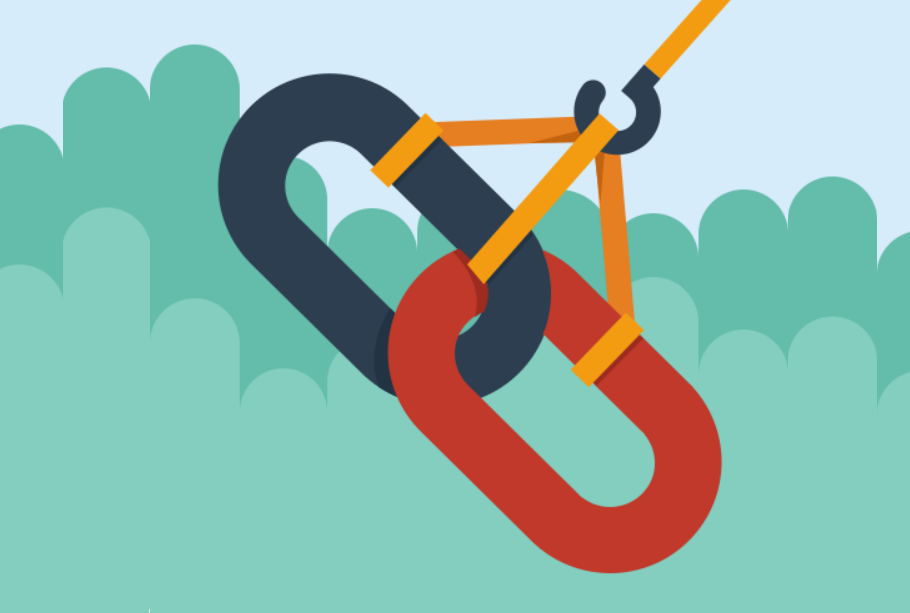How Link Building Can Drive Traffic to Your Website and Boost Sales
Written by Andrew Goldman
What is Link Building?
Put simply, this is about getting other websites to put links on their pages, to your website. In terms of search engine optimisation (SEO), these are called backlinks.
The aim is for your site to rank as high as possible in Google. Other search engines are of course available, but for this purpose, we’ll use Google. To move up the rankings, backlinks need to be of good quality.
Backlinks are considered as ‘votes of confidence’ for the website that gets those links. Good quality links are those considered credible, of value to the reader, and useful. Not only will the reader/researcher need these characteristics to make their own work shine, Google will rank your site higher to improve visibility, and attract more traffic. That’s certainly needed in competitive industries when it can be difficult to stand out against your rivals. That’s not to say you can’t use ‘spammy’ links, but authenticity will go a long way to building your reputation and achieving long-term success.
Link building is seen as a good marketing tool, but there are technical aspects involved. Mackenzie Media Group (MMG) wants to simplify this, so you know what you’re looking for, and can get started with good quality links straight away.
Ask for Links
The best way to do this is to make sure your site is link-worthy. People want high quality content. This will take time and effort to build, but then what wouldn’t? Asking for links from other businesses is a good way to start building. You could even offer to return the favour. Links can be to relevant businesses and products, articles and blog posts, or research and useful data. If you find a site with content related to yours, get in touch with, or pitch to them. You could end up with your backlink published if it gives their audience a benefit, and you should be credited with it, too.
Adding Links to Your Own Site
As we’ve just briefly mentioned, adding links to your own site builds relationships with sites relevant to your own. Your reader might find the additional information useful. This is not to redirect them away from you, but to show that you make excellent recommendations that validate what you’re offering. It can be done by highlighting a word or key phrase, and clicking ‘insert link.’ This will give you the ability to type or paste the link in. For example, you can click on the following to see the flagship sites of OnlyCans and The Music Mag in the MMG portfolio.
Earning Links
The dream of SEO link building is to have other sites link to yours without even asking. However, getting recognition from your efforts doesn’t happen immediately. If you have resources or tools that would be useful to someone else to validate their work, your site becomes a point of interest.

Different Types of Backlinks
There are two types of backlinks. Firstly, do-follow. These pass on authority to your website when the link is clicked. Authority is about quality, and the higher its score, the more weight it carries as a backlink. If it provides high value, it’ll rank higher in Google.
Secondly, no-follow. These links do not pass on anything with authority. Google is well versed in spotting spammy or manipulative links that appear untrustworthy. They can still be of some use, but these links tend not to have any endorsements. It would all depend on their relevance to your content. Ask yourself the question, do these links add value to me and my business?
Now that you have some ideas about what links are, and how to get them on more than just your own site, what does this mean in real terms for your business?
Linking Builds Relationships and Your Brand
Reaching out to other websites in industries related to yours, is in fact a really important marketing tool. Someone else who shares your content increases visibility. This increases the possibility of being seen by key influencers in your niche, which could further promote you.
Building long term relationships with the right people not only gives you more coverage, it gives you endorsements. Ultimately this brings customers to your page and the chance of a sale. Even if this doesn’t happen right away, your name and business gets known, and later down the line you may suddenly get a plug and stream of customers come your way.
Good quality links are ranked higher on Google, and this will drive traffic to your site. Once again, this increases your chances of sales. Your customers are searching for something in particular, using specific keywords or phrases in their search. So your high quality content sets you apart and can be one of the first things they see on their search.
Having authority in your niche is a position of power. By demonstrating your expertise, you have a brand that customers can rely upon. Your name is getting known, your content is of high value, and other sites and key influencers are plugging away with backlinks and referrals.
Conclusion.
We have talked about what link building is, how to put links on your page, and ways to get others to backlink to you. We’ve shown how this will impact you and your business, and the high rewards that are possible.
As simple as this all may sound, it does take time to build a reputation and to get noticed. Networking is key. Check out our blog on growing your profile on LinkedIn. As soon as you start getting recognised for the quality of your content, things can move rather quickly. Use the basic principles above, and be patient.
